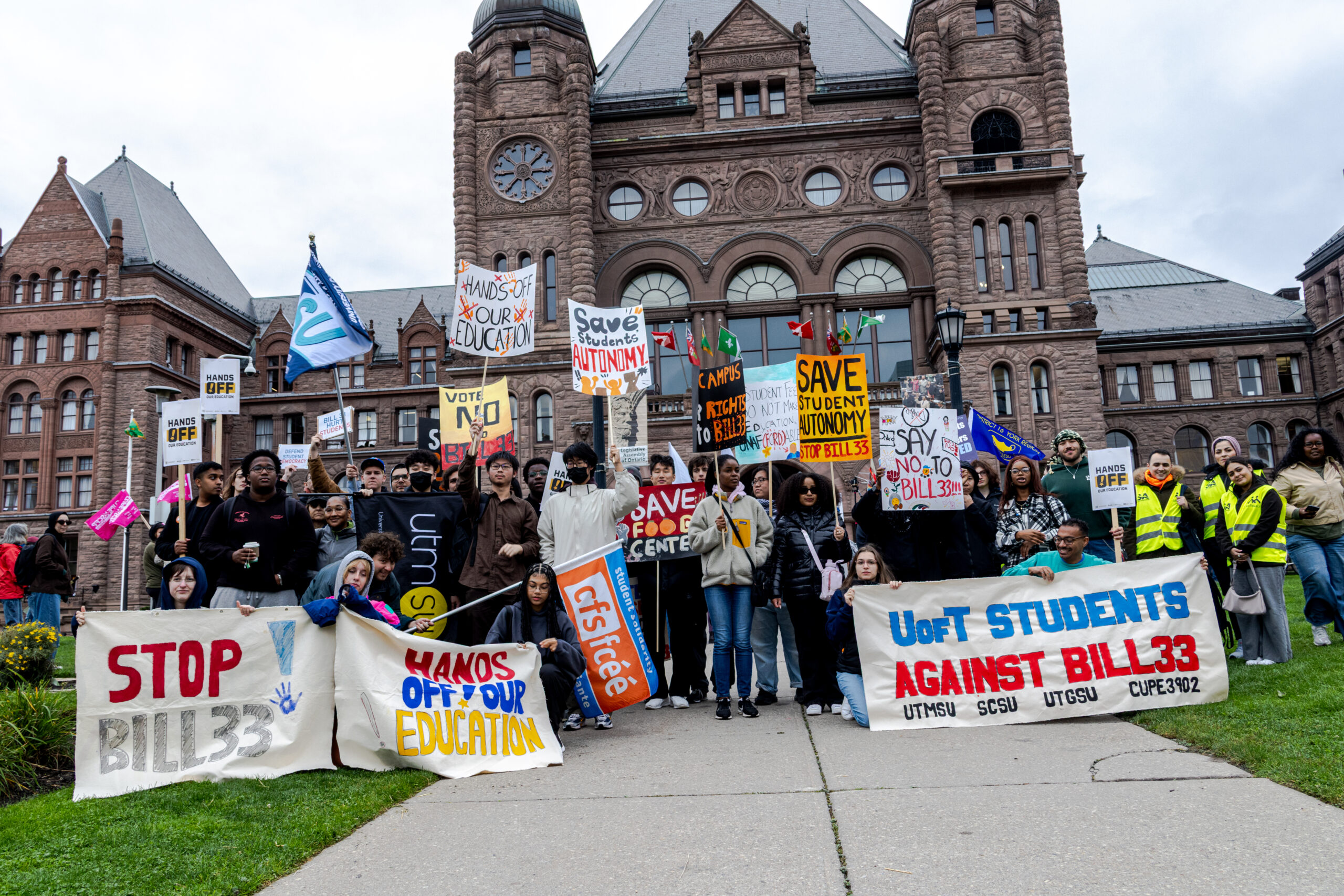By Preeteesh Peetabh Singh
DIALOG REPORTER
Oranges at 10 cents, cucumbers at 25 cents, and mushrooms at 10 cents, these are some of the weekly sales at the Good Food Market. This produce bazaar is held every Thursday, from 2 to 4 p.m. in room 356E at the St. James campus of George Brown College (GBC).

The Good Food Market is a program run by FoodShare Toronto, which is a non-profit community food security organization founded in 1985. Through its various initiatives like the food link hotline, community gardening, beekeeping, community kitchens, urban agriculture and the good food market, it aims to ensure that everyone has adequate access to sustainably produced, good healthy food.
Ashley Booth, the coordinator of Good Food Market at GBC, noticed that there were a lot of students who were food insecure. They did not have enough money, time or resources to get access to food. She saw a lot of students eating chips, drinking pop and having nutritionally void food at all times of the day.
“It’s really hard to learn in an empty stomach or mind and body which is trying to run on junk food,” said Booth. “So, we thought hey, let’s bring this program that brings quality and affordable food right into the classroom.”
Booth, who is also a professor at the Academic Upgrading program, said, “It’s a cost recovery market. The fruits and vegetables are sold at cost and we don’t make any profits. The idea is to get really good quality food into the hands of people who need it such as students who are on a fixed or limited budget.”
The Good Food Market is coming up as an alternative to the already existing Food Bank at GBC, which provides food for free.
“The Food Bank is great and needed as well because it allows getting food at no cost. However, you don’t always get to choose what you want; you’ll always have to rely on donations. Whereas at the Good Food Market you can buy what you want and choose the quality as well,” said Booth. “Food banks were originally meant to be an emergency food supply centre where you could get help is you’re in a tough place. People’s income is so stretched these days that for many, the food bank is becoming the primary source of food. That’s not what a food secure community should look like.”
One of the big challenges of the Good Food Market is the treatment of the unsold, leftover food items. To tackle this problem, Booth has managed to coordinate with the Student Association’s food bank, which now buys the leftovers. The Good Food Market has been selling about $50 worth of food to the food bank every week.
“We try to order enough so we don’t have leftovers more than $50. Because when we do, we have to think of creative options to sell the food,” said Booth. “Sometimes I put stuff on a little trolley and walk around the hallways trying to hawk fruits and veggies.”

